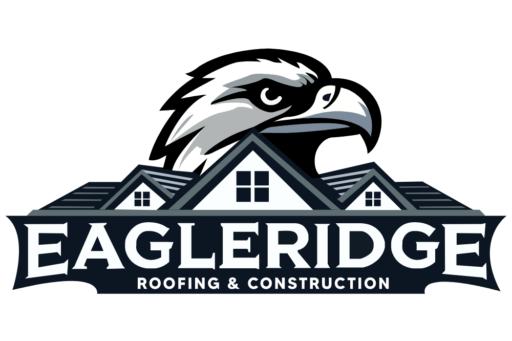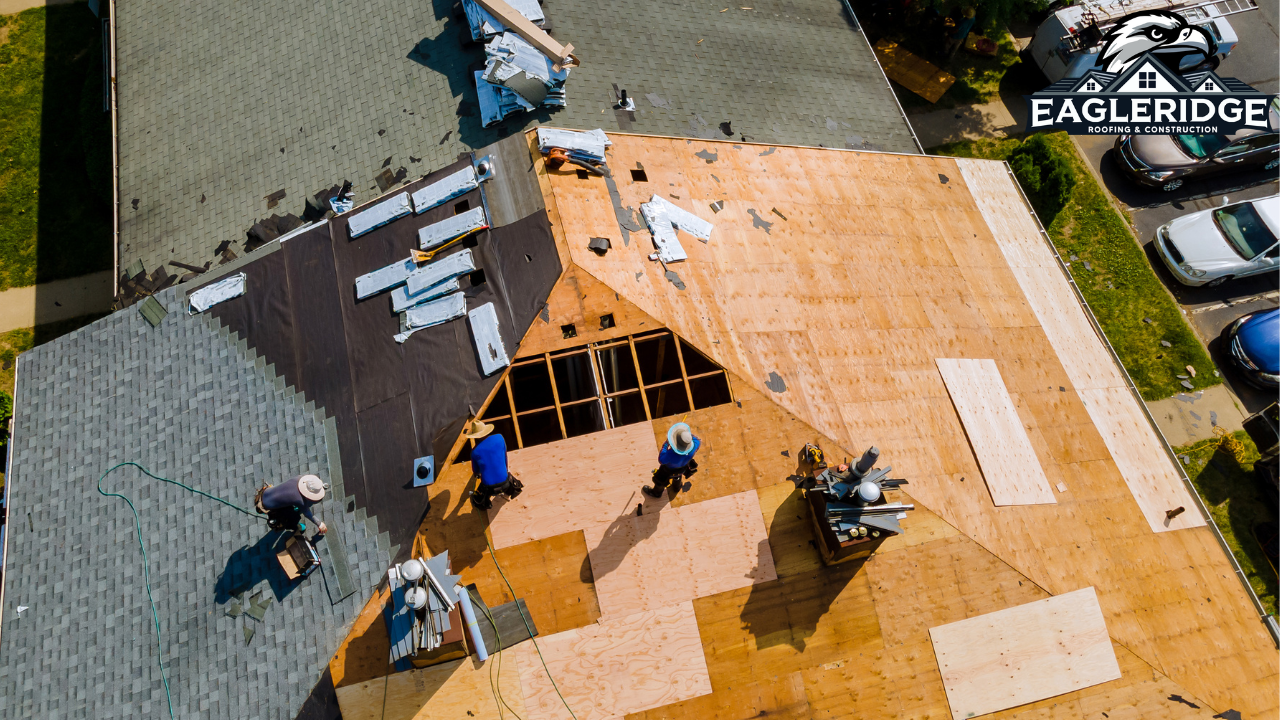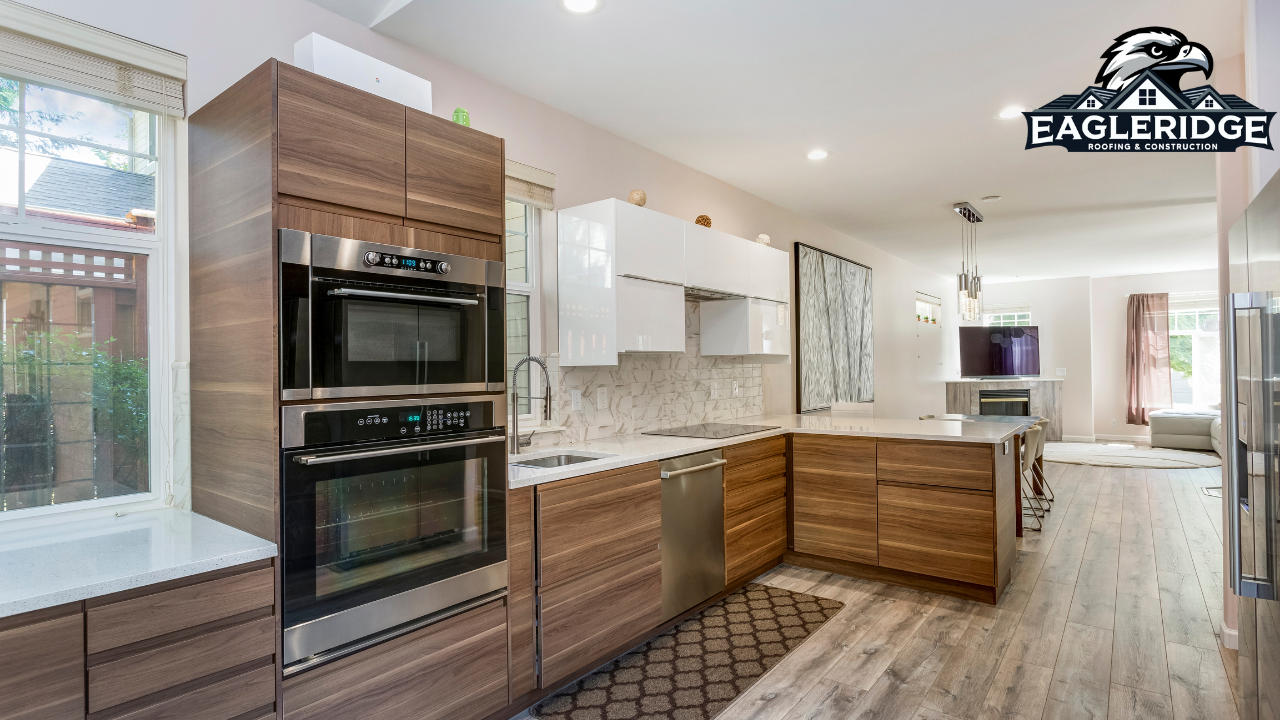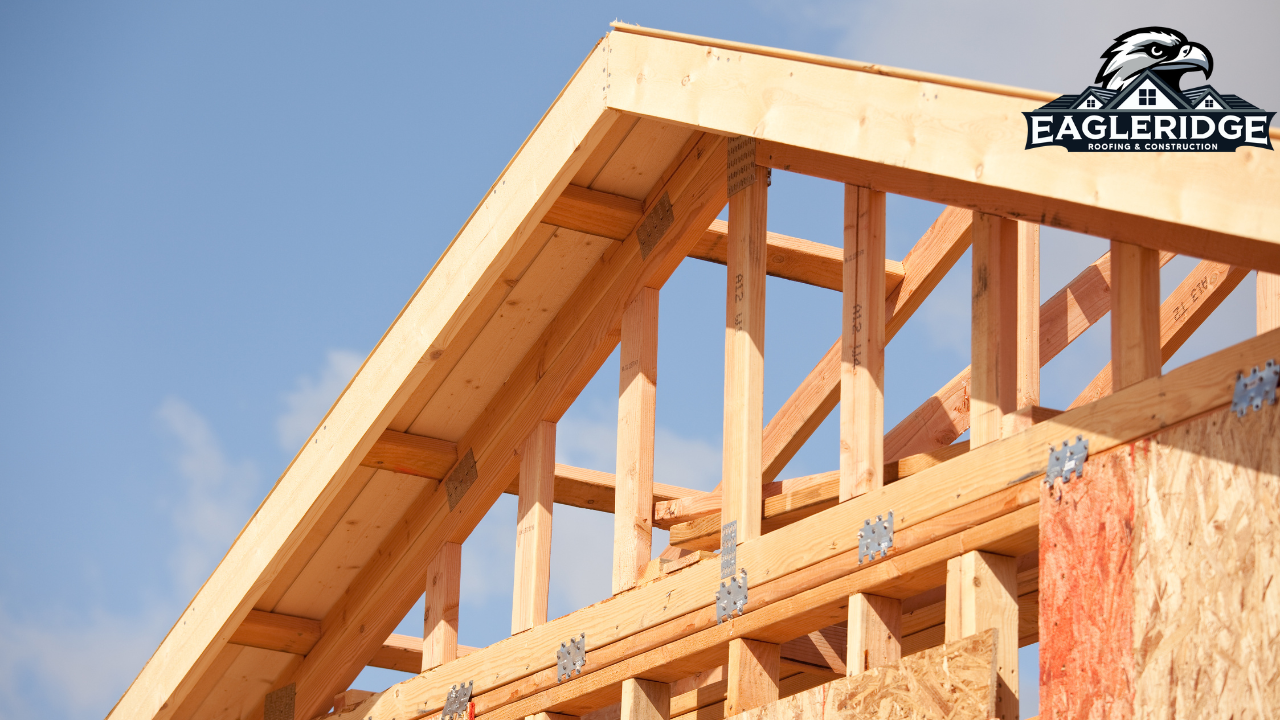Designing effective roof drainage systems for Utah's varied weather involves addressing its unique climate challenges, such as heavy snowfall, intense rainstorms, and freeze-thaw cycles. Choosing the right materials is critical; galvanized steel and copper offer durability and corrosion resistance, while PVC provides cost-effective adaptability. Installation must guarantee gutters and downspouts are securely fastened and properly aligned to facilitate peak water flow. Regular maintenance, including debris removal and damage inspection, is essential for system longevity. By focusing on these factors, you can enhance drainage performance, guaranteeing protection against Utah's demanding climate while laying the groundwork for deeper insights.
Understanding Utah's Climate Challenges
Though often characterized by its picturesque scenery, Utah's climate presents unique challenges that greatly impact roof drainage systems.
The state experiences significant weather variations, including heavy snowfall, intense rainstorms, and dry spells. These conditions necessitate robust drainage solutions to prevent water accumulation and structural damage.
Additionally, the freeze-thaw cycles can exacerbate roofing issues, leading to potential leaks and increased maintenance needs, emphasizing the importance of tailored drainage systems.
Choosing the Right Materials
Selecting materials for roof drainage systems in Utah requires careful consideration of the state's diverse climate conditions.
Materials must withstand heavy snow, intense sun, and fluctuating temperatures. Key options include:
- Galvanized Steel: Durable against snow and rust.
- Copper: Offers longevity and resistance to corrosion.
- PVC: Lightweight and cost-effective, suitable for varied weather conditions.
These selections guarantee effective and reliable drainage performance.
Installation Best Practices
Proper installation is essential for guaranteeing the longevity and efficiency of roof drainage systems, particularly in Utah's demanding climate.
Begin by securely fastening gutters and downspouts to prevent detachment during heavy snowfall or wind. Verify precise alignment to facilitate ideal water flow and prevent pooling.
Seal joints effectively to avoid leaks, and allow for thermal expansion. Use appropriate hangers and brackets to maintain structural integrity.
Maintenance for Longevity
Regular maintenance is essential to extending the lifespan and efficiency of roof drainage systems in Utah's unique climate. Consistent care prevents blockages and guarantees peak performance.
Key maintenance tasks include:
- Clearing debris: Regularly remove leaves, dirt, and other materials from gutters and downspouts.
- Inspecting for damage: Frequently check for cracks, rust, or leaks.
- Ensuring proper slope: Verify that gutters have the correct angle for effective water flow.
Our services
In summary, designing effective roof drainage systems in Utah requires an extensive understanding of the state's unique climate challenges. Selecting appropriate materials is essential to withstand varying weather conditions. Proper installation practices guarantee system efficiency and durability. Regular maintenance extends the lifespan of drainage systems and prevents potential issues. By addressing these key factors, roof drainage systems can effectively manage precipitation and protect structures in Utah's diverse climate, securing long-term functionality and reliability.
Looking for expert assistance? Contact EagleRidge Roofing Company Utah for all your roofing needs. Whether you need roof repairs, new installations, or replacements, our skilled Utah roofers are here to help.
Call us today for a free roof inspection: (801) 784-1457. Don't let a leaky roof ruin your home – trust our storm damage specialists and top-quality materials to keep your property safe and dry. From shingle roofs to metal roofing, EagleRidge does it all.
Choose the best roofing contractors in Utah and enjoy peace of mind with our expert services.



